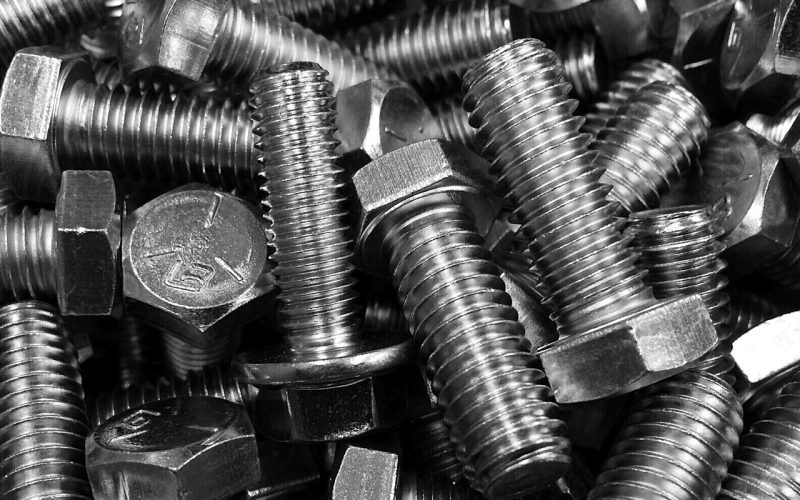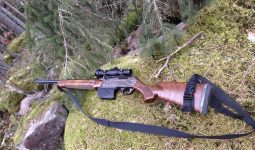This article discusses the different types of bolt heads available. A bolt and a screw are used to fasten materials together and have a similar shape.
A nut is intended to be used in conjunction with the threaded bolt.
It is crucial to ensure that the nuts and bolts are the exact sizes to ensure that they will fit together correctly without any extra space.
A bolt is a metal length used to fasten objects together by screwing them into nuts.
You use a bolt to firmly fasten one object to another when you bolt anything to it.
Learn about the various types of bolt heads in this article.
1. Hex Bolt
Hex bolts are not cursed; they were given their name because of the shape of their six-sided heads.
Also, because of their hexagonal shape, hex bolts are simple to identify.
Pitch, diameter, and length are the specific measurements for bolts.
The distance between each thread is known as the pitch. The diameter, not the head, measures the bolt’s shank width.
The length is the distance along the bolt from the bottom of the head to the end of the chamfer.
Because of the head and the chamfer, a hex bolt 2 inches long will be slightly longer than 2 inches.
Furthermore, Hex bolts are a standard fixture in engineering, the auto industry, and various types of construction.
The bolt head’s distinctive shape makes it simple to grip with tools at any angle. Hex bolts can even be turned by hand.
Because of this, it’s simple to loosen and tighten hex bolts while working from any direction and using any tool.
Also, you might need to hold the bolt head with one wrench and tighten the bolt using a second wrench because hex bolts can occasionally spin because of their shape.
2. Square Bolt
Square bolts have a square head and a threaded body and are frequently used in various projects.
These bolts are commonly employed for decorative purposes, such as making your project rustic or matching existing bolts (or other types of fasteners) in an older building.
They range in diameter from 1/2′′ to 1-1/2′′ and have several different strength grades.
3. Round Bolt
Round bolts look nice and give projects a polished, finished appearance.
They resemble carriage bolts but differ in that they lack the square neck under the head.
Their smooth, rounded head distinguishes them, and the nut that goes with them must be torqued to tighten them.
Wood connections frequently use round bolts, one of the different bolt heads types.
4. Pan Head
Pan’s heads are slightly curved and have a low, broad diameter and a high outer edge.
Slotted or flat drivers can easily grip and apply force to the head thanks to the generous surface area.
Also, one of the most widely used head types is a pan, suggested for most new designs in place of round, truss, or binding heads.
5. Fillister Head
Since fillister heads have a smaller diameter, they exert more pressure on surfaces. You can drive them into raised surfaces, close to flanges, or in counterbored holes because they have a high edge and a deep slot. This is one of the different types of bolt heads.
6. Binding Head
Pan’s heads have largely replaced binding heads as another model. However, this type is appropriate for electrical and radio work because the medium-low head and undercut beneath it bind wires and prevent fraying.
7. One-Way Head
As the name suggests, you can only install the one-way head one way. Also, you cannot take out the screw or bolt once it has been driven into a surface.
Costly assembly issues are reduced thanks to the distinctive head design and functionality.
8. Flat And Oval Head
As the name suggests, you can only install the one-way head one way. You cannot remove the screw or bolt once it has been driven into a surface.
Costly assembly issues are reduced thanks to the distinctive head design and functionality.
9. Square Shoulder
Truss heads and square shanks are combined to create square shoulder screws, which can be staked as a long-lasting fastener. They are available in a range of diameters.
Sharp corners and a depression on the surface characterize hexagons that a wrench has indented. Also, they have numerous thread options and standard dimensions.








